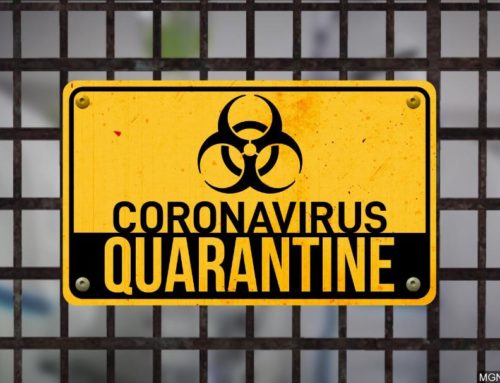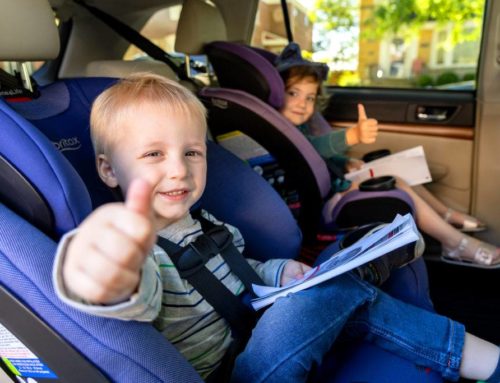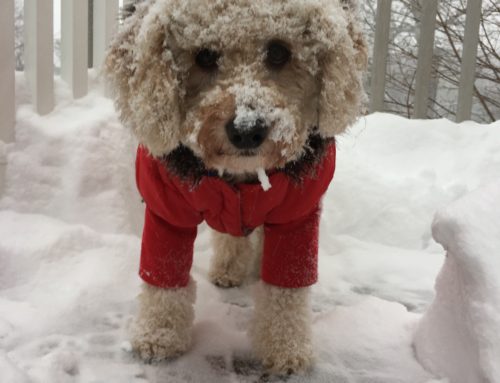Traveling can be both an exciting and a stressful adventure. Add in traveling with a pet and you have another set of factors to take into consideration. As advocates for people and animals alike at Schulze Law, we want to provide you with the best information to keep you and your pets as safe as possible. When it comes to traveling with pets, this may evoke images of tangled leashes, sharp clawing, barks and meows, but it doesn’t necessarily have to be that way. Stress-free (or less stress) animal travel is possible, but it does take thoughtful preparation, research and a some patience.
The statistics show that flying with pets is common. Travel.org reports over two million pets and other live animals are transported by air every year in the United States. According to a study by AAA and Best Western International, more than half of U.S. pet owners take their cats and dogs with them when they travel.
The fact that flying with pets is popular, coupled with the recent news of the unfortunate event regarding a sweet French Bulldog on an American Airlines flight, has inspired us to help provide you with helpful tips in the event that pet travel is in your future. In fact, the harrowing statistic according to data from The Department of Transportation is that 24 pets died flying with U.S. carriers last year. 18 were on United flights.
The reality is there are some dangers, concerns and nuances involved in flying with pets. Can some animals travel safely, either in the cabin or the belly of an aircraft? Sure! But it’s a little more complex issue than many pet owners realize, so a little research and due diligence can be essential in keeping your pet as safe as you can.
First, please consider whether or not your pet should not be flying at all — ever. The American Humane Association advises: “As a general rule, puppies and kittens, sick animals, animals in heat and frail or pregnant animals should not travel by air.” Furthermore, the ASPCA urges pet owners to think twice about flying their pets on commercial airlines, especially if they plan on checking them in as cargo.
In addition to compliance with federal regulations and airline company policy, if you’re looking to fly the skies with your canine companion or feline friend and have determined your pet is a good candidate, we’ve got tips to make the trip as smooth as possible.
If you have any questions regarding the safety of you or your pet while flying, please contact Schulze Law today. Ok, let’s take to skies!
- VISIT THE VETERINARIAN
Make an appointment with your pet’s veterinarian for a check-up and make sure all vaccinations are up to date. Obtain a health certificate from your veterinarian dated within 10 days of departure. For travel outside the continental United States, additional planning and health care requirements may be needed.
- CABIN, CARGO, CHECKED?
The size of your pet will determine the way it flies. If your animal can fit in a carrier under the seat, then it can fly in the cabin for a fee (usually about $100 or $125). If not, you have to check the animal as baggage (when that’s allowed). The fees vary and again, you need to give the airline advance notice and check for specific rules. You may have to consider shipping your pet as air cargo if the other options aren’t available to you. This can be expensive and comes along with the restrictions and drawbacks of checking your pet as baggage. It can be considered the least safe method of pet air transportation as well. Cabin, cargo and checked all come with lots of restrictions and rules to take into account.
- BOOK EARLY AND FLY DIRECT
Most airlines only allow one or two dogs on each flight, so it’s extremely important to book your dog’s ticket ASAP. Don’t buy your ticket until you call the airline and make sure there is a “seat” available for your dog on the flight. When you have confirmed availability for both you and your pet, then proceed to reserve both your seats on the same ticket. Book a non-stop, direct flight whenever you can and try to fly on a weekday when airports are typically less crazy.
- PET CARRIER AND GEAR
Buy a carrier that fits your special pet. Soft-sided carriers are best for carry-on and tend to fit better under the seat, but they’re only permitted in the cabin only. If your pet will be traveling in the cargo hold, buy a hard plastic carrier with holes for ventilation instead. Carriers must be big enough for your dog to stand, turn around, and lie down comfortably. If the carrier does not allow them to do this, the airline will refuse transport. Make sure your pet is wearing a collar and an identification tag. Breakaway collars are best for cats. The collar should also include destination information in case your pet decides to pull an escape artist move.
- TAKE A PRACTICE RUN
Animals who are not accustomed to travel will experience more stress than their other seasoned friends. Think of taking a house cat onto the streets or a suburban dog into the city. You can help your pet out by putting them in their carrier as often as possible for trips around town during the weeks leading up to the main event.
- FOOD AND BEVERAGES
Food and flying isn’t the best combo for your pet. In fact, try to feed them at least four hours in advance from the flight and cut the water back a few hours prior as well. This will help avoid accidents on the flight, and will keep your pet comfy. The nerves might upset their stomach anyway. If they are in the cabin, try to gauge the amount of water to give in order to prevent dehydration but doesn’t cause an accident.
- GET THERE EARLY
Running late for a flight is an extremely stressful situation for anyone. Add in a pet and that’s a recipe for disaster. Arrive at the airport early, but not too early, and be sure to have your dog’s health certificate easily accessible. You can’t check your pet in more than four hours before the flight. Most airlines recommend arriving two hours before your flight when traveling with a pet. Passengers with pets must check-in at the counter!
- DON’T POP AN ANTI-ANXIETY
Well, we won’t judge what you do;) but hold off on the pet valium. According to the American Veterinary Medical Association, in most cases, “dogs should not be given sedatives or tranquilizers prior to flying because they can create respiratory and cardiovascular problems as the dog is exposed to increased altitude pressures. They can also alter the animal’s natural ability to balance and maintain equilibrium, which can be dangerous when the carrier is moved. While sedation is generally not advised, the decision on whether or not to prescribe a tranquilizer for your pet should be made by your veterinarian. If he or she decides that tranquilizers are medically necessary for the trip, indicate the name of the drug taken and the dosage on the dog’s carrier.”
- MAKE SURE YOU PACKED A PET SUITCASE
According to DogJaunt.com, don’t forget to pack these items:
- Health certificate and medical records
- Contact information for your vet and an emergency contact at your destination
- Comb, brush, and flea control products
- Any medications
- Spare collar with id tag
- Pet wipes or grooming products
- Paper towels and stain remover
- Enough food and treats for the entire trip
- Plenty of bottled water
- Food and water dishes
- Leash and poop bags
- Your dog’s favorite toy and blanket
- TAKE A LOOOOOOOONG WALK AND HAVE FUN!
Once you’ve arrived safely, take a walk and enjoy the new sites and sounds. Let the most fun part of the adventure begin!
See below for a more in depth look at pet travel and the rules and regulations related to individual carriers. And remember to contact Schulze Law with any questions. We probably love your pet almost as much as you do:).
Federal and state governments impose restrictions on transporting live animals. Please keep in mind that each airline establishes its own company policy and has different rules and regulations for the proper handling of the animals they transport. Some allow small dogs to travel in the aircraft cabin as part of your carry-on luggage allowance, while others will only allow pets to travel in the cargo area. The fees can vary from nothing at all to more than $500. As a shipper or owner you also have a responsibility to take the necessary precautions to ensure the well being of the animal you ship.
Here are links to more information from the largest domestic carriers:
- Alaska
• American
• Delta
• Frontier
• Hawaiian
• JetBlue
• Spirit
• Southwest/AirTran
• United
• US Airways
• Virgin America
Resources:
http://www.travel.org/
https://northeast.aaa.com
https://www.aspca.org/
https://www.nolo.com/






